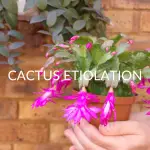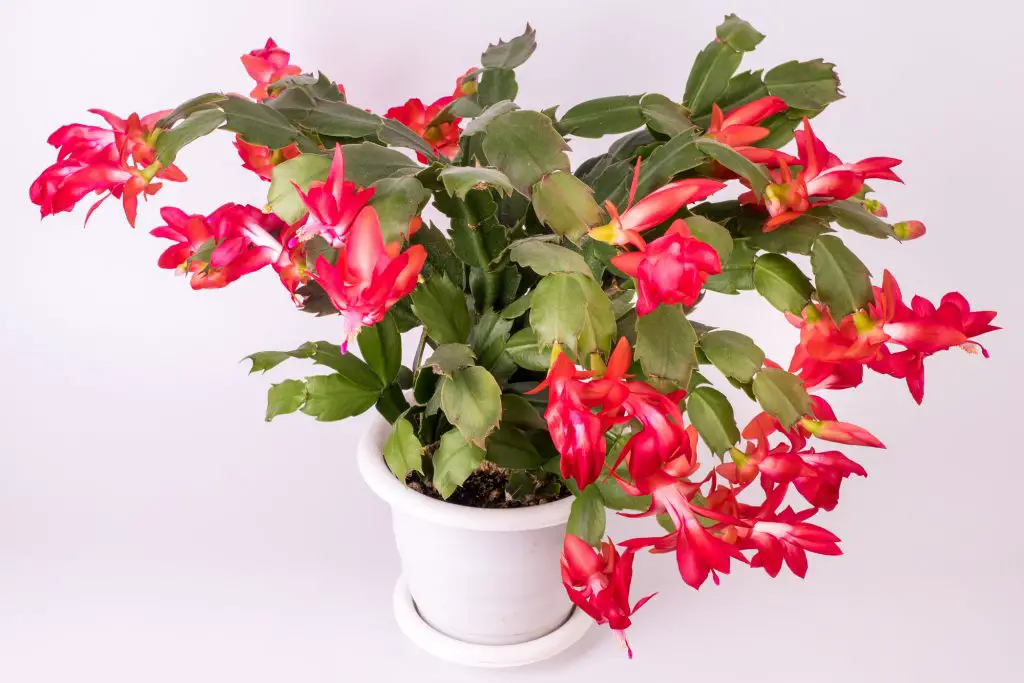The cactus is a very weird plant. It’s very different from most of the plant life you see around, such as trees, grass, and flowers. But what exactly is it? You may have heard the term “succulent” thrown around from time to time, but is cactus a succulent?
In this article, we will not only cover what a cactus is, but what features demand that it be placed in a particular category of plants: be it succulent or otherwise. If you want to learn some interesting tidbits about cacti today, read on!
What Are Cacti?
Well, for starters, cacti are plants. But we’re going to assume that you already knew that. However, plants, much like animals, have unique groupings of particular species. In the same way that dogs and cats are both animals but very different, trees and cacti are both plants but have very little in common.
When looking at a cactus, you may question just what type of plant it is. It certainly doesn’t look like a tree, and it’s probably not grass. Some of them have flowers, but does that make them a flower? Or are they some sort of gargantuan weed? In reality, cacti are none of these things. They belong to a unique group of plants called succulents.
What Are Succulents?
Different groups of species in the world of plants have special features that set them apart from all the others. After all, without differences, there would be no need for distinctions. So, what makes a plant a succulent? How are they different from any other plants out there?
Primarily, succulents are plants with special water-storing tissue that results in fleshy, engorged parts that contain very high amounts of water. An extremely well-known succulent that you are probably familiar with is aloe vera, what with its thick, fleshy leaves that you can snap in half to access hordes of gel.
While a cactus doesn’t have leaves in the traditional sense that most people imagine (the little thorns and spines actually are the leaves of a cactus!), it does still have a fleshy, engorged section: the big green body of a cactus is actually its stem, and its full of water that is being stored for later use. If you cut one in half, it would be pretty wet inside.
Succulents possess the ability to store such large amounts of water inside of them in order to help them survive long periods of drought. Most succulents live in areas where rainfall is either very uncommon or doesn’t occur in large amounts, which is why they evolved to have this trait over time.
What Separates Cacti From Other Succulents?
Well, a lot, actually. As mentioned before, “succulent” is just a very broad term to describe a general type of plant. But it doesn’t actually mean anything in regards to the plants being related to each other. For example, consider the word “fruit.” It covers a huge array of things with little similarity: an apple is a far cry from a lemon.
In the same way, just because two plants are both succulents does not mean they are actually related. Both aloe vera and cacti are succulents, but the only similarity between them is the fact that they both store water in parts of their body. They don’t even store it in the same place, as aloe vera uses its leaves, and cacti use its stems.
So really, there is no one defining trait that separates cacti from other succulents because it differs from varying succulents in different ways. There are succulents that function mostly like flowers, and some that even have hair on them that make them fuzzy and soft to the touch. Some may have thorns like cacti, while others don’t.
There is only one defining feature that only cacti have (in fact, no other plant in the world has this, even outside of succulents), and that’s areoles. These are the little bumps on a cactus out of which their spines protrude. These little bumps are technically the branches of the cactus, while the spines are the leaves.
For some species of cactus that have fully developed branches, new branches grow from these areoles as well. Areoles are a unique trait that set cacti apart from not only all other succulents but all other plants.
Are There Any Cacti That Are Not Succulents?
As mentioned above, the one thing that makes a cactus a cactus is the presence or areoles, from which their spines grow. Technically, this means that being a succulent is not a prerequisite to being a cactus, so it’s not too crazy to wonder if all cacti are succulents. Surely, some cacti could be something else, right?
However, this is not the case. All cacti are succulents. Every last one of them. A succulent describes any plant that has evolved to specifically store water in its body to combat drought conditions. As it stands, every discovered species of cactus has done exactly that, making all known cacti succulents.
It’s quite similar to the phrase “all dogs are animals, but not all animals are dogs.” Every cactus is a succulent, but this does not mean that all succulents are cacti. That said, it’s technically possible that there is an undiscovered species of cactus out there that is not a succulent, but until such a cactus is discovered, the group as a whole are unanimously succulents.
Unique Characteristics of Cacti
We’ve talked a lot about what cacti are and how they exist as a subcategory of succulents, but we haven’t talked much about the things that make cacti so weird and easily identifiable, other than the existence of their spines, though some other plants have spines or thorns as well. What other things are unique about cacti?
Many of Them Bloom, But Some are Monocarpic
Most people don’t think of flowers when they think of cacti, but of the roughly 2,000 species of cacti out there, man of them bloom just like other plants do. And for most of those cacti, the process is pretty similar to other plants. For most cacti, you can expect to see flowers once a year when the conditions are right.
Those flowers will eventually wither away, but the cactus will bloom some new ones next year. However, there are a fair deal of cacti species that are actually monocarpic. A monocarpic plant is one that only blooms once before it dies. It’s tragic, but don’t worry too much: it’s just nature, and some cacti live for decades before this happens.
The Spines Aren’t Poisonous, But They Are Designed to Hurt
Most people think of needles when they see cactus spines, and the general connotation regarding needles and plant life is that it’s probably poisonous. However, keep in mind that, while cactus spines may look like needles, they’re actually just a very specialized type of leaf. Even if they prick you, nothing gets injected into your skin.
That said, most cactus spines exist as a form of self-defense against predators, meaning they are supposed to be painful and irritating to the touch. They are often too tiny to see, but the spines usually have little hooks or barbs to make it more painful to extricate them from the skin. Naturally, this makes them unappealing to predators.
Overall, we don’t recommended touching the spines of a cactus.
Some Cacti Are Hallucinogenic
While cacti aren’t necessarily “poisonous” in the traditional sense (they don’t have poison that will kill you or anything), there are a few species out there that contain a few less than desirable side effects. Most of them will cause you to hallucinate or give you some serious stomach cramps and diarrhea. Some of them just have juice that causes skin irritation.
All of that said, there are only a handful of cacti species that pose this kind of danger, and technically speaking, you could eat a vast majority of the cacti species in the world. Still, we don’t recommend doing so. Not only do you need to know what you’re doing to eat cacti properly, but you need to be able to identify the safe kind to eat.
If you ever find yourself tempted to slice open a cactus and drink from it in the wild, think twice.
Recap
We’ve talked about many things in this article, so let’s have a little recap to summarize it all.
- Cacti are plants that fall into the category of succulents
- Succulents are plants with special water storage adaptations
- Not all succulents are cacti, but all cacti are succulents
- The defining trait of a cactus is the presence of areoles
- Some cacti die after blooming, and a handful are dangerous to consume
Well, there you have it: everything you need to know about cacti and their identity as succulents. What being a succulent means, why cacti are, and what makes them unique compared to other plants in the same category. You can now consider yourself more knowledgable than an hour ago!







